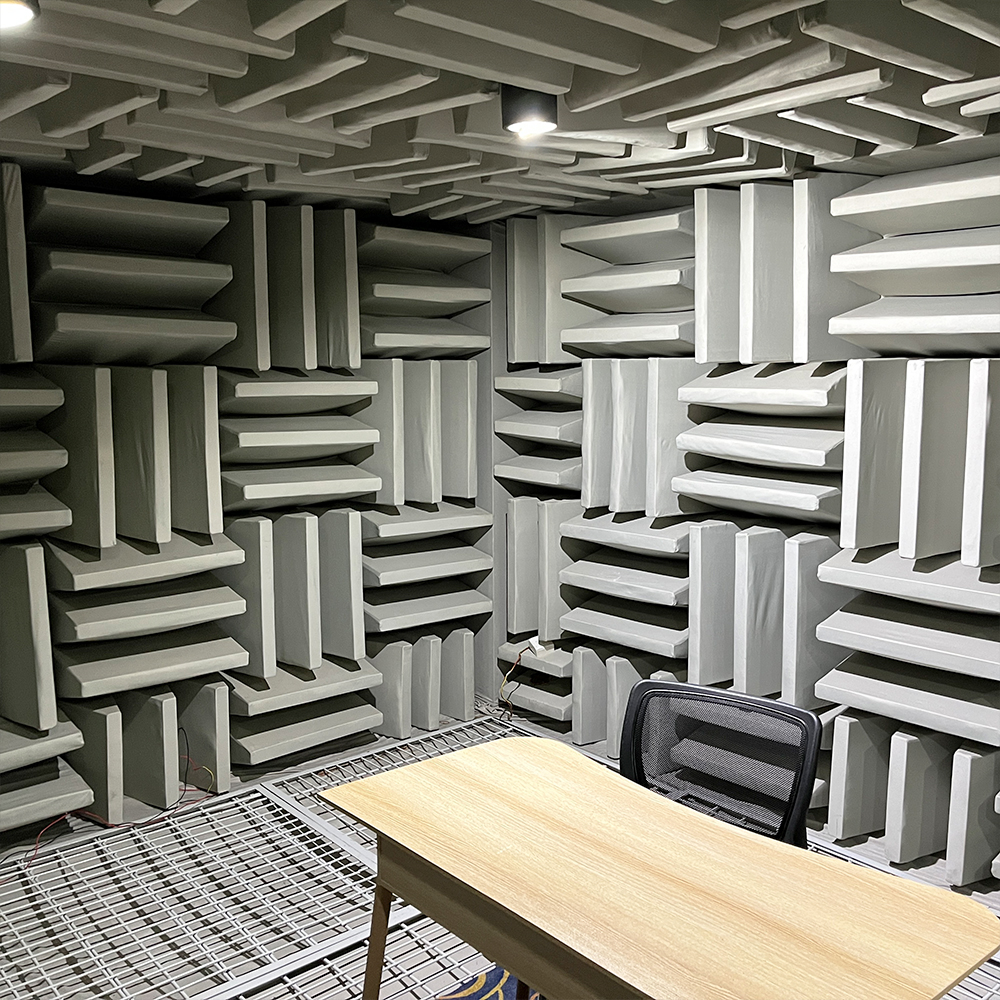Does the anechoic chamber need to dig the ground?
Whether the floor of the anechoic chamber needs to be dug depends on the specific design and requirements. In the design of some full anechoic chambers, in order to ensure that the ground is flat and consistent with the height of the outdoor ground, it is necessary to excavate the foundation downwards and dig out space to install acoustic wedges. This can ensure that the ground between the anechoic chamber and the outdoor ground is connected. There is no height difference between them, and the ground also has good sound absorption effect.
However, not all anechoic chambers require digging a foundation. For the design of some semi-anechoic chambers, only the sound absorption effects on five sides need to be dealt with. The ground usually does not require sound absorption treatment, so there is no need to dig a foundation. This design is simpler and more affordable.
Therefore, whether a foundation needs to be dug depends on the specific design and requirements of the anechoic chamber. Before proceeding with anechoic chamber design and construction, it is recommended to consult with a professional acoustic engineer or architect to ensure that your needs and budget are met. The construction standards of the anechoic chamber only need to meet the requirements of the product being tested, and a suitable design must be selected.

